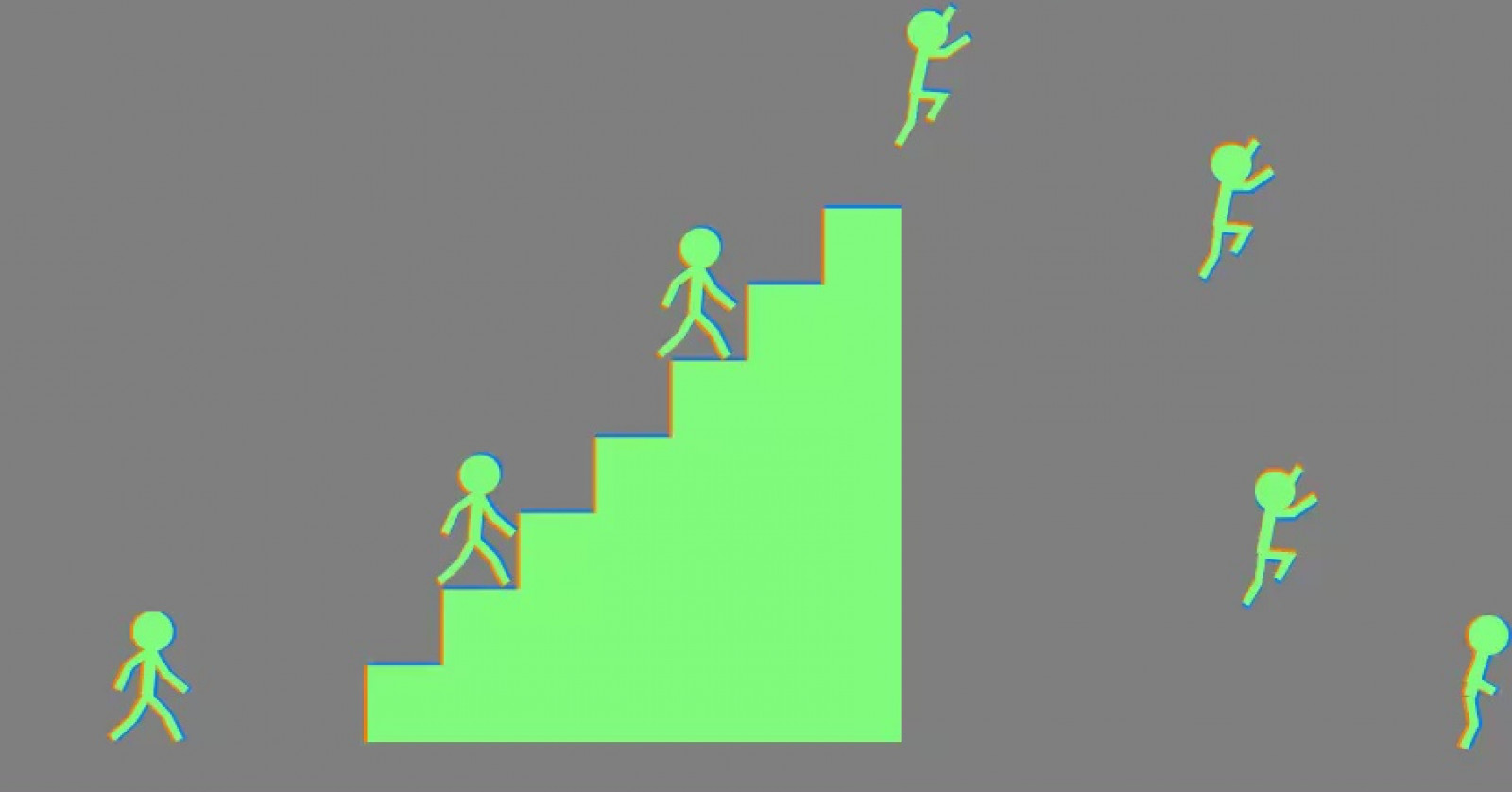
Are These Figures Actually Jumping? Optical Illusion Shared by Japanese Twitter User Turns Viral Sensation27.11.2020
The brain-twisting illusion was quickly explained by experts from Stanford University.
Optical illusions, which usually arise from our brains’ misreading of visual percepts, continue to fascinate cognitive scientists and neurologists. The grey-and-orange Titchener circles, the seemingly non-parallel lines on the walls of a British café, and the figure–ground vase devised by Dutch psychologist Edgar Rubin—each of these examples easily subverts the mechanisms of human perception by using stark contrasts, shadows or specific colors. It should come as no surprise, therefore, that many optical illusions, like the Necker cube, the grid illusion, or a variety of impossible figures, enduringly circulate online, inevitably attaining viral status after making enough rounds on social media.
Recently, Twitter has been abuzz with talk about “Super Illusion Brothers,” an illusion first published by a Japanese Twitter user using the handle @jagarikin. The GIF depicts a group of colorful stick figures climbing the stairs and then leaping down and running onward. The way our brain interprets the image, however, has little to do with reality—actually, the stick figures are completely static, and the illusion of their movement is caused by rendering them in flickering, quickly changing colors.
An explanation for the illusion, quoted by the British daily The Sun, was quickly provided by experts from Stanford University: “If a bright point appears at one position, and then reappears at a position shifted to the right, we tend to see a single object moving left to right. It’s a basic effect, and one that underlies the apparently fluid motions we see in movies and animations,” the researchers said.
Enriched with a score, the illusion has recently reached YouTube. See it below.
see also
- Papaya Rocks Film Festival 2021—nominees
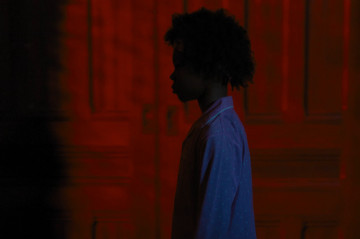 Papaya Rocks Film Festival
Papaya Rocks Film FestivalNews
Papaya Rocks Film Festival 2021—nominees
- What’s the Proper Way to Wash Your Hands? Foals Lend Song to Public Awareness Campaign
News
What’s the Proper Way to Wash Your Hands? Foals Lend Song to Public Awareness Campaign
- More Than Just a New Name. What Changes Can Contestants Expect from This Year’s Papaya Young Creators?
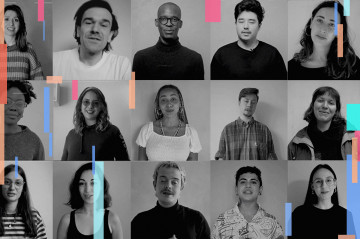 Papaya Young Directors
Papaya Young DirectorsNews
More Than Just a New Name. What Changes Can Contestants Expect from This Year’s Papaya Young Creators?
- Kieran Stringfellow, the director of “Bulldog”: Filmmaking is one of the hardest forms of creativity
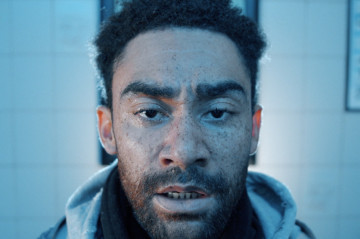 Papaya Rocks Film Festival
Papaya Rocks Film FestivalPeople
Kieran Stringfellow, the director of “Bulldog”: Filmmaking is one of the hardest forms of creativity
discover playlists
-
John Peel Sessions
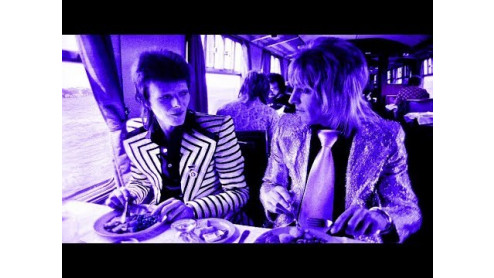 17
17John Peel Sessions
-
Papaya Young Directors top 15
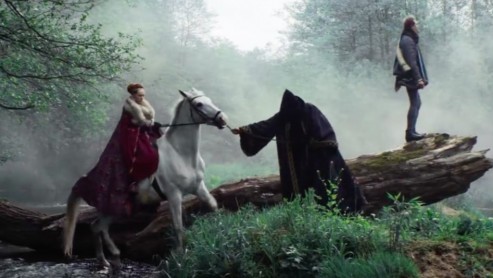 15
15Papaya Young Directors top 15
-
Andriej Tarkowski
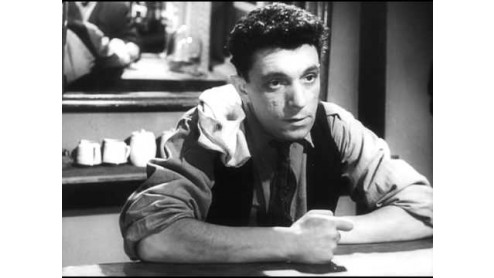 02
02Andriej Tarkowski
-
Papaya Young Directors 7 #MASTERTALKS
 18
18Papaya Young Directors 7 #MASTERTALKS
